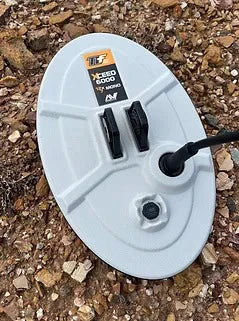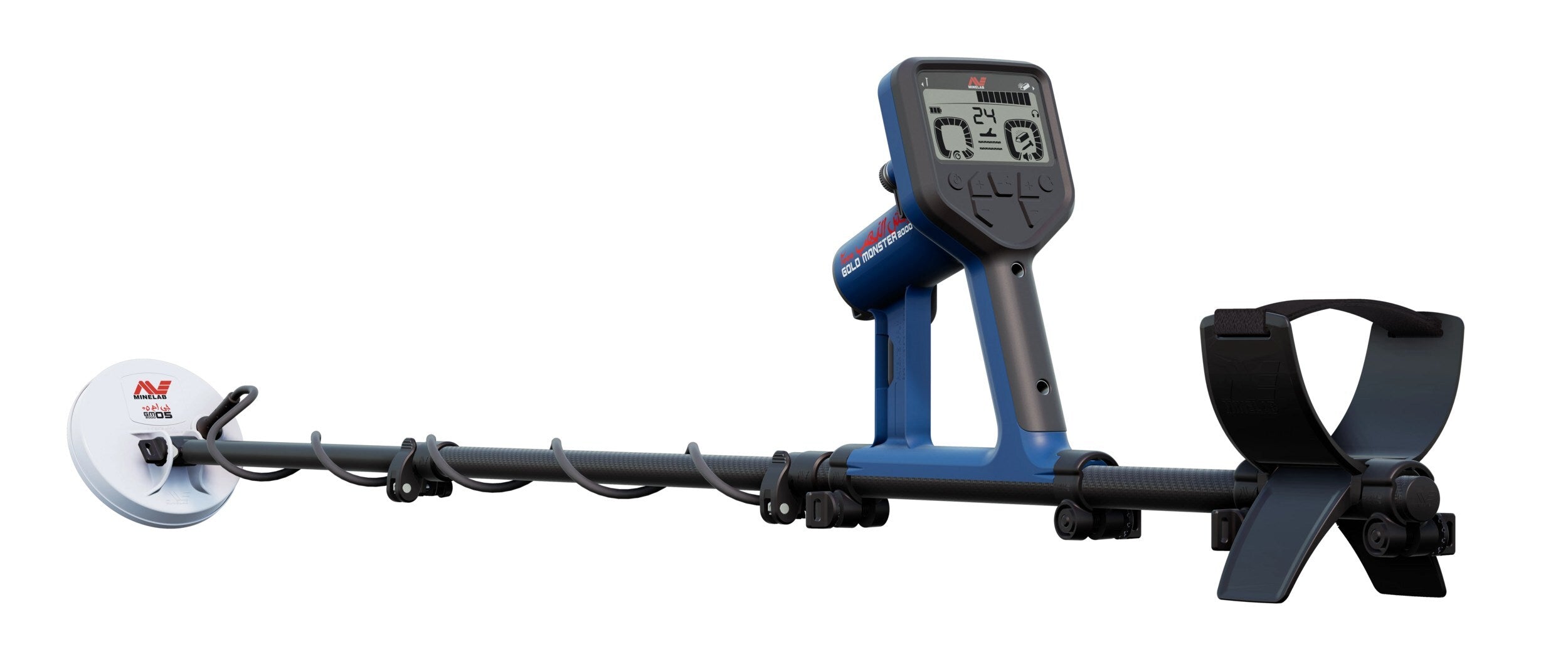News
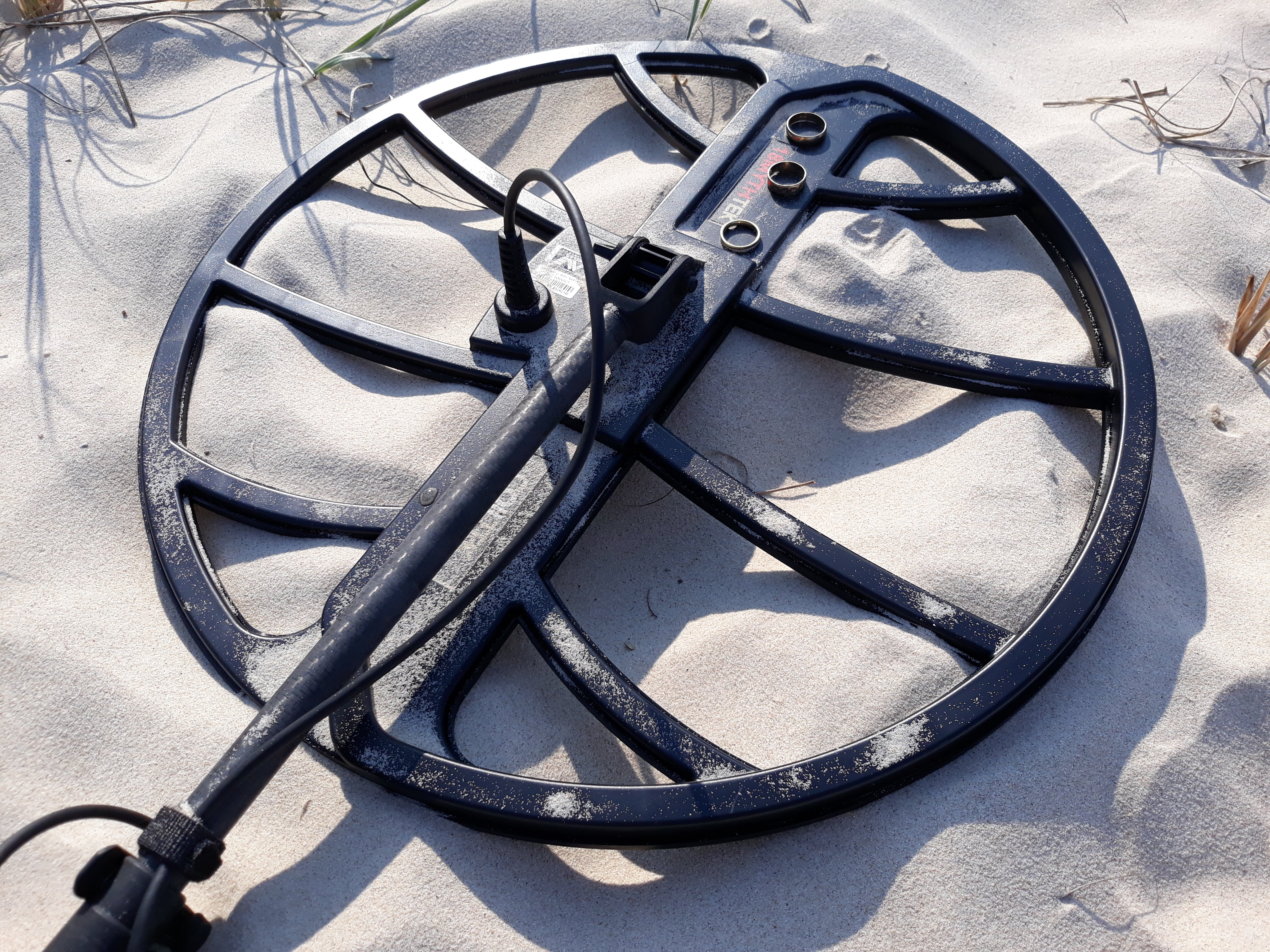
The mighty new MYTHTEK coil
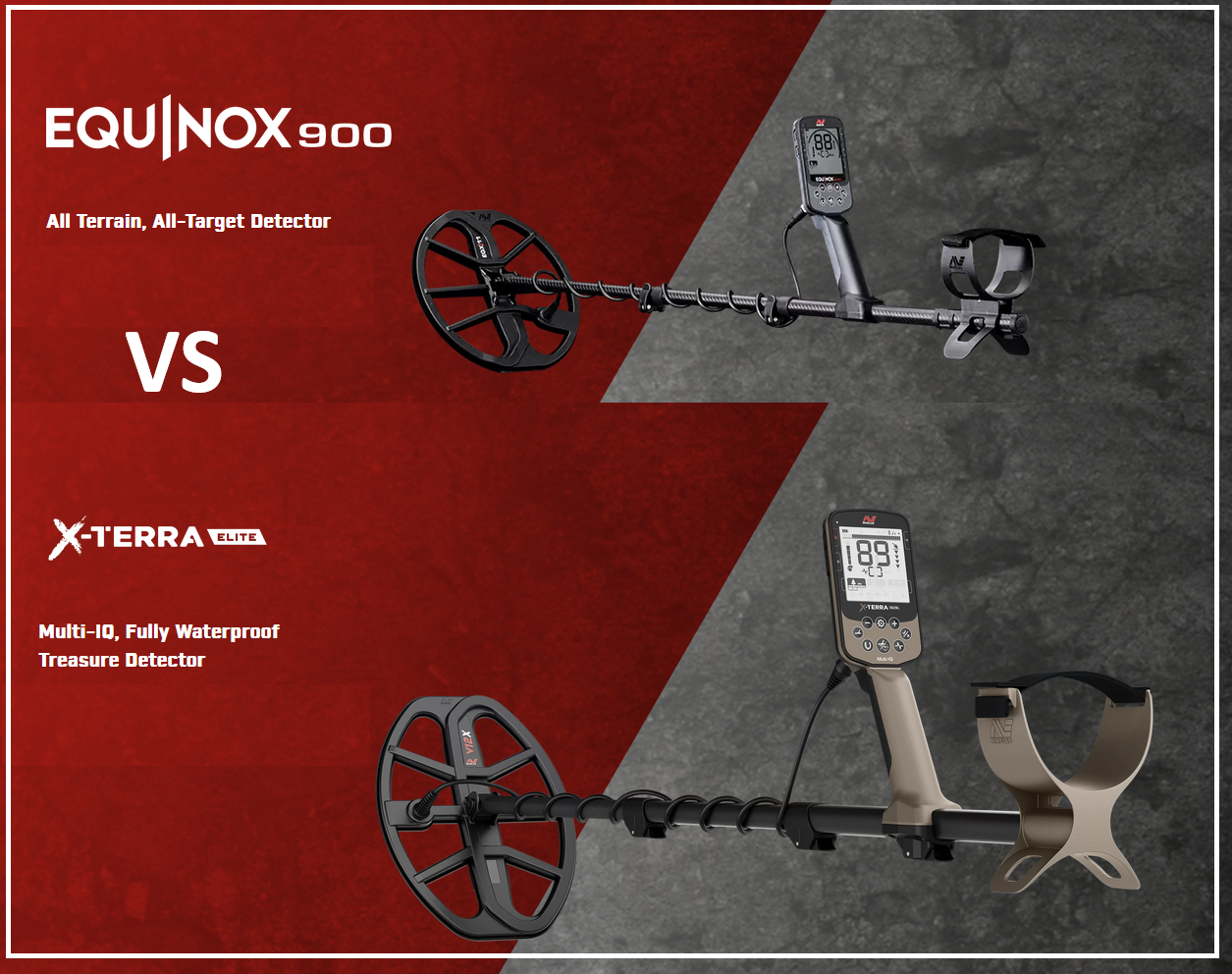
Comparative Chart: X-Terra Elite vs. Equinox 900
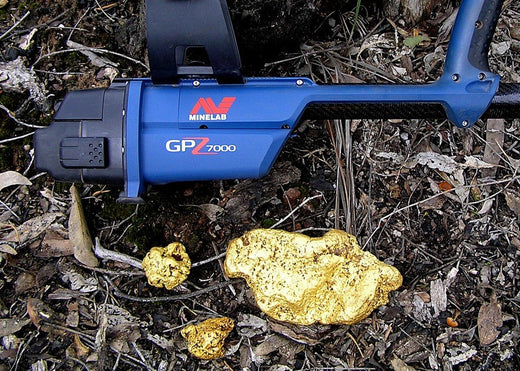
10 Great Reasons to Buy a MINELAB Metal Detector
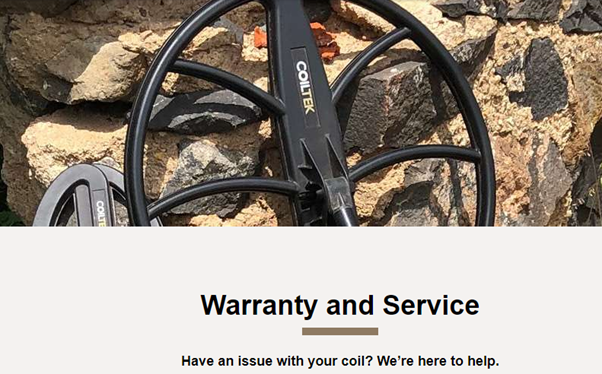
COILTEK Warranty & Service Register
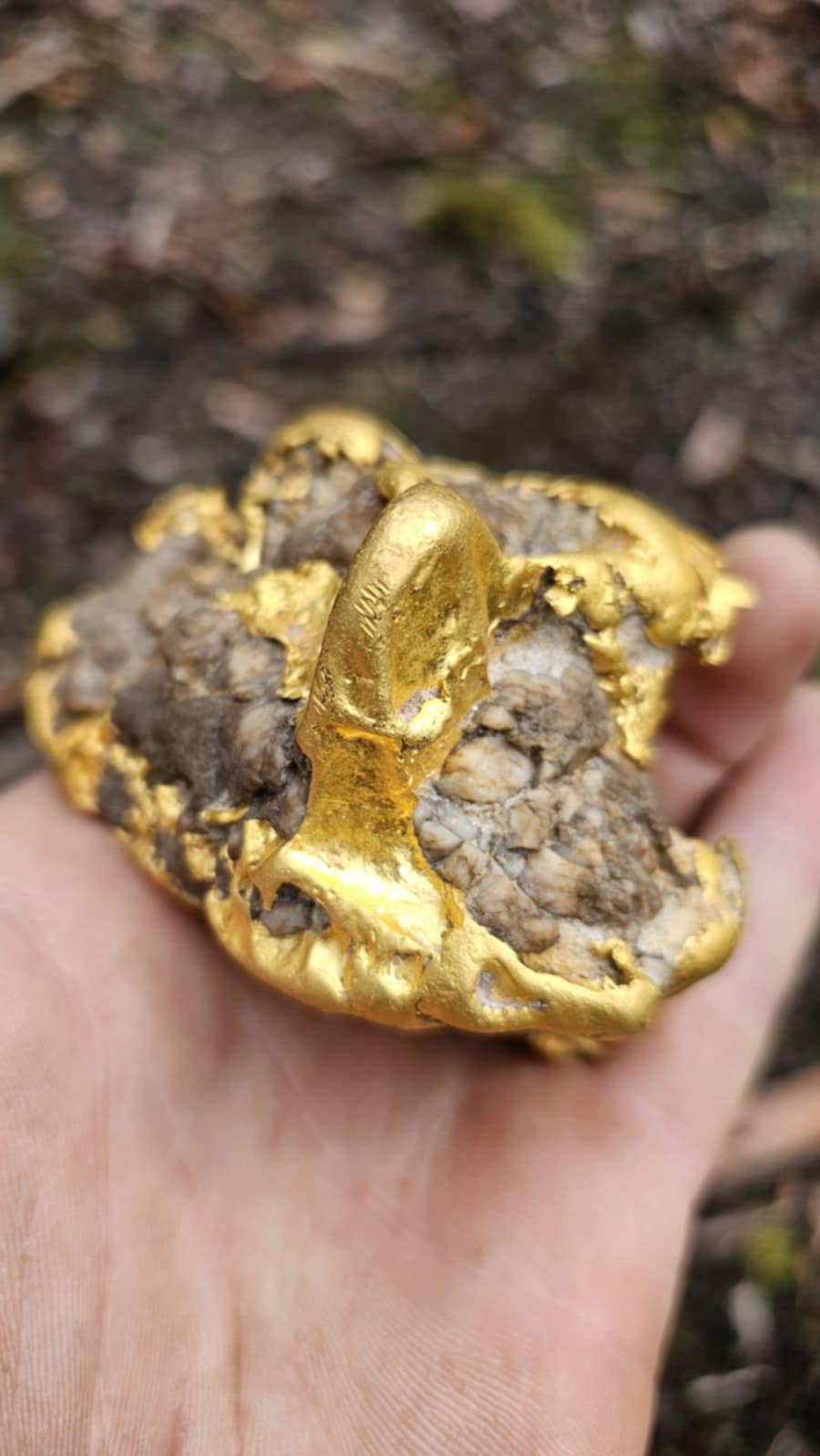
$100k Gold Nugget found with Minelabs GPX 6000
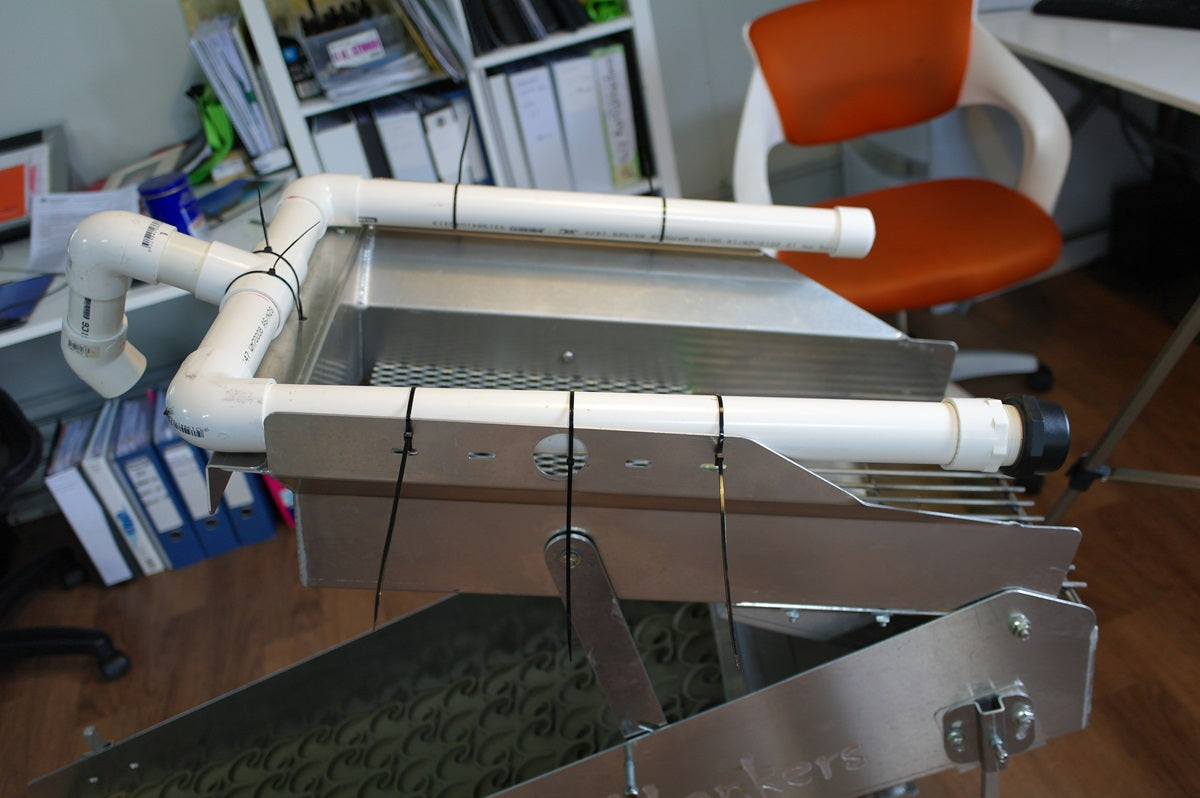
Converting your Pioneer series Highbanker to Bilge pump

New Minelab MANTICORE Coils
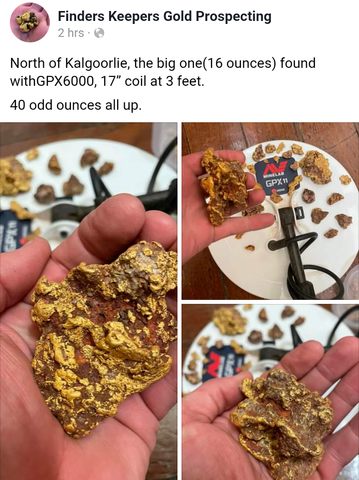
Some Awesome Aussie GPX 6000 Finds
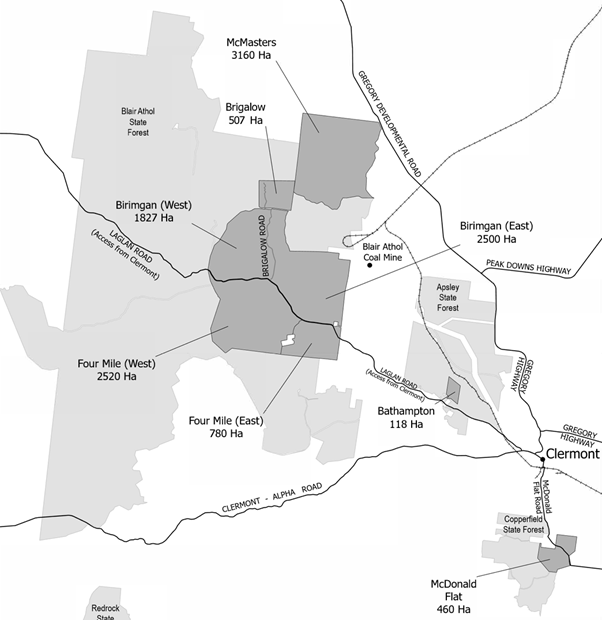
WHERE can I go detecting gold in Queensland ?

A Range of Hand-held Pinpointers
The Mythical Beast and the Harvest - Manticore silvers
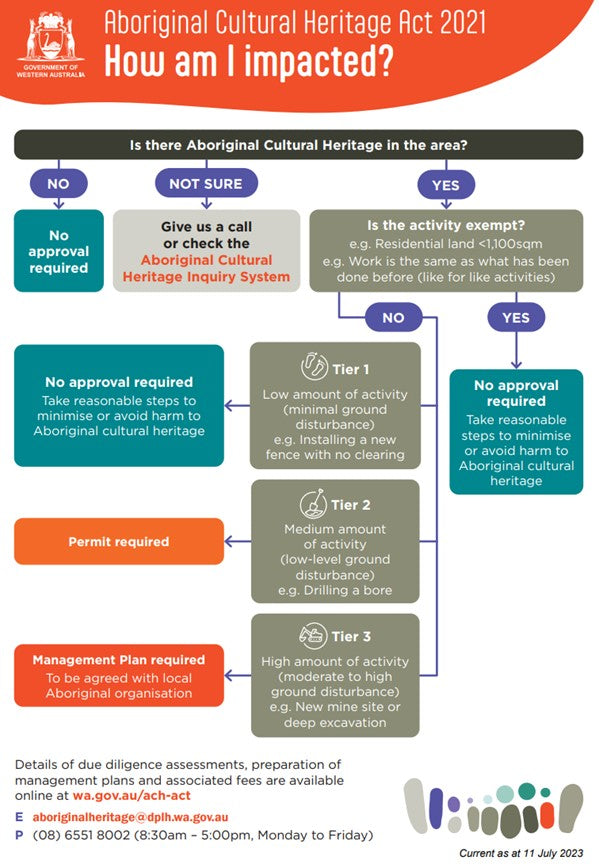
The new/then repealed ‘Aboriginal Cultural Heritage Act’ of Western Australia ..... & Prospecting

Let's Talk Detector Frequencies and Coils
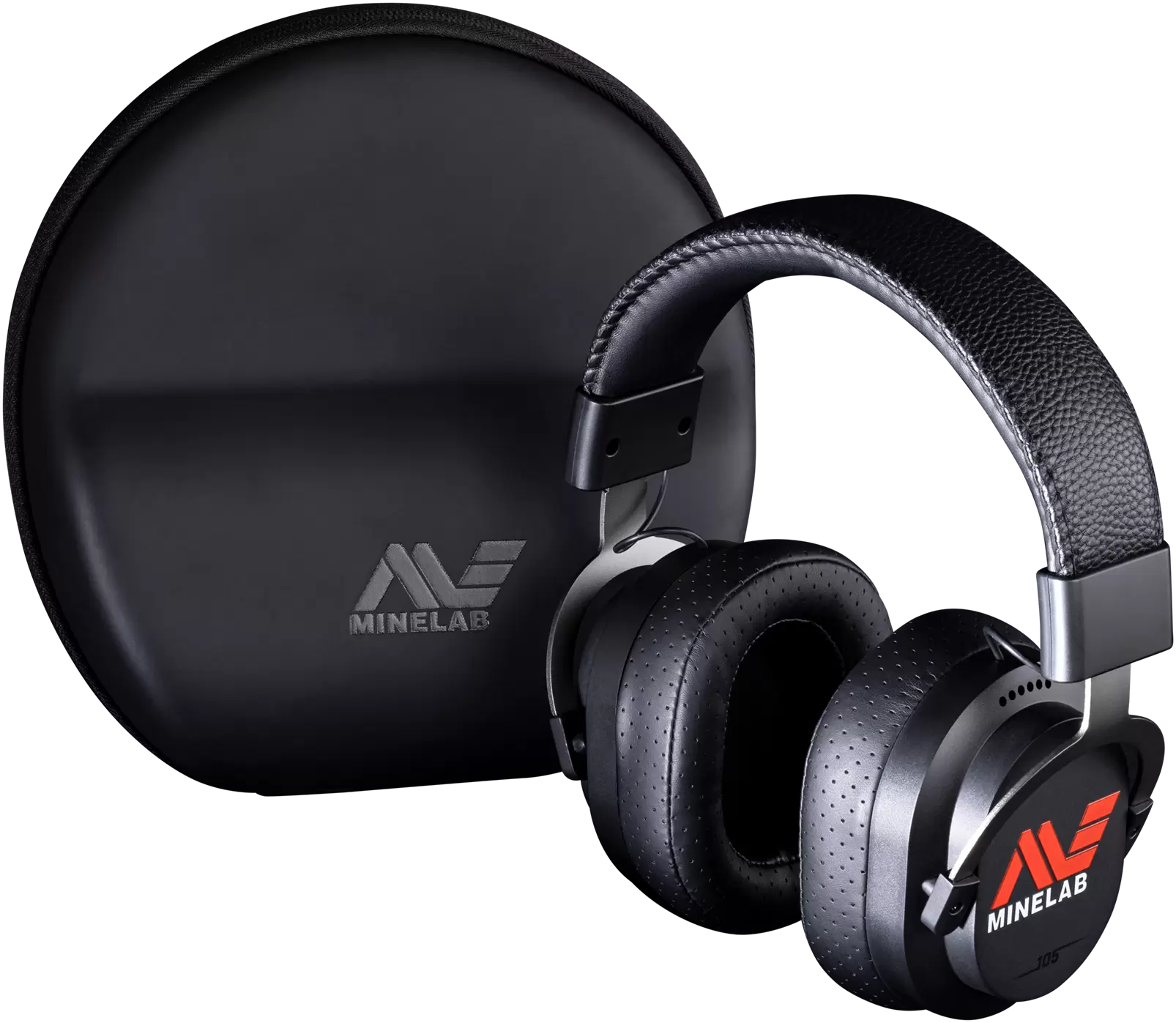
The Range of Minelab Headphones
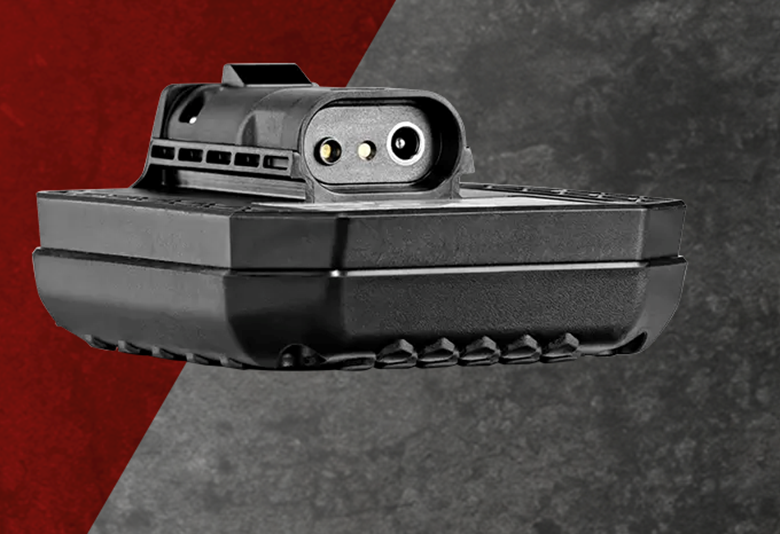
GPX 6000 Lithium Battery Use Tips
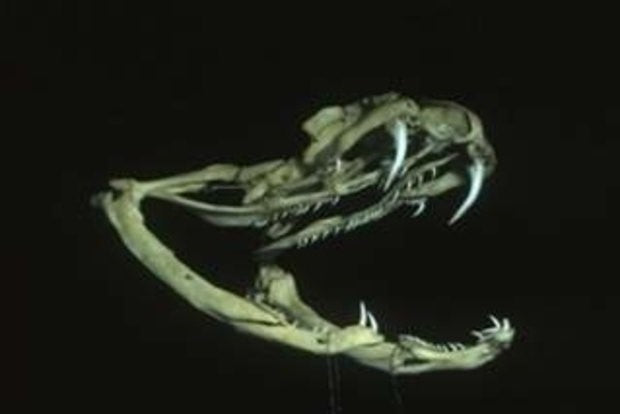
Snake Season
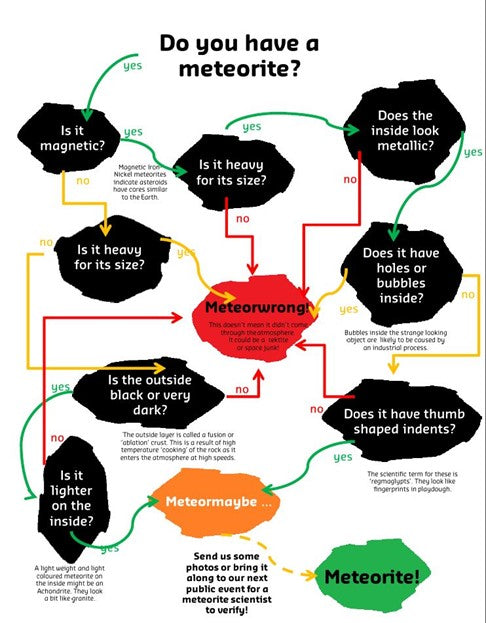
Have I Found a Meteorite ?
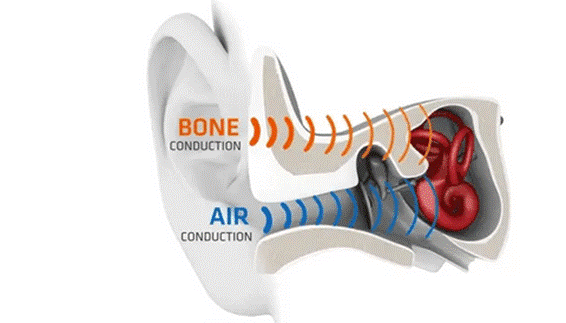
Minelab Detector Options and Accessories for the Hearing Impaired

Aussie-made Coiltek GOLDHAWK coils
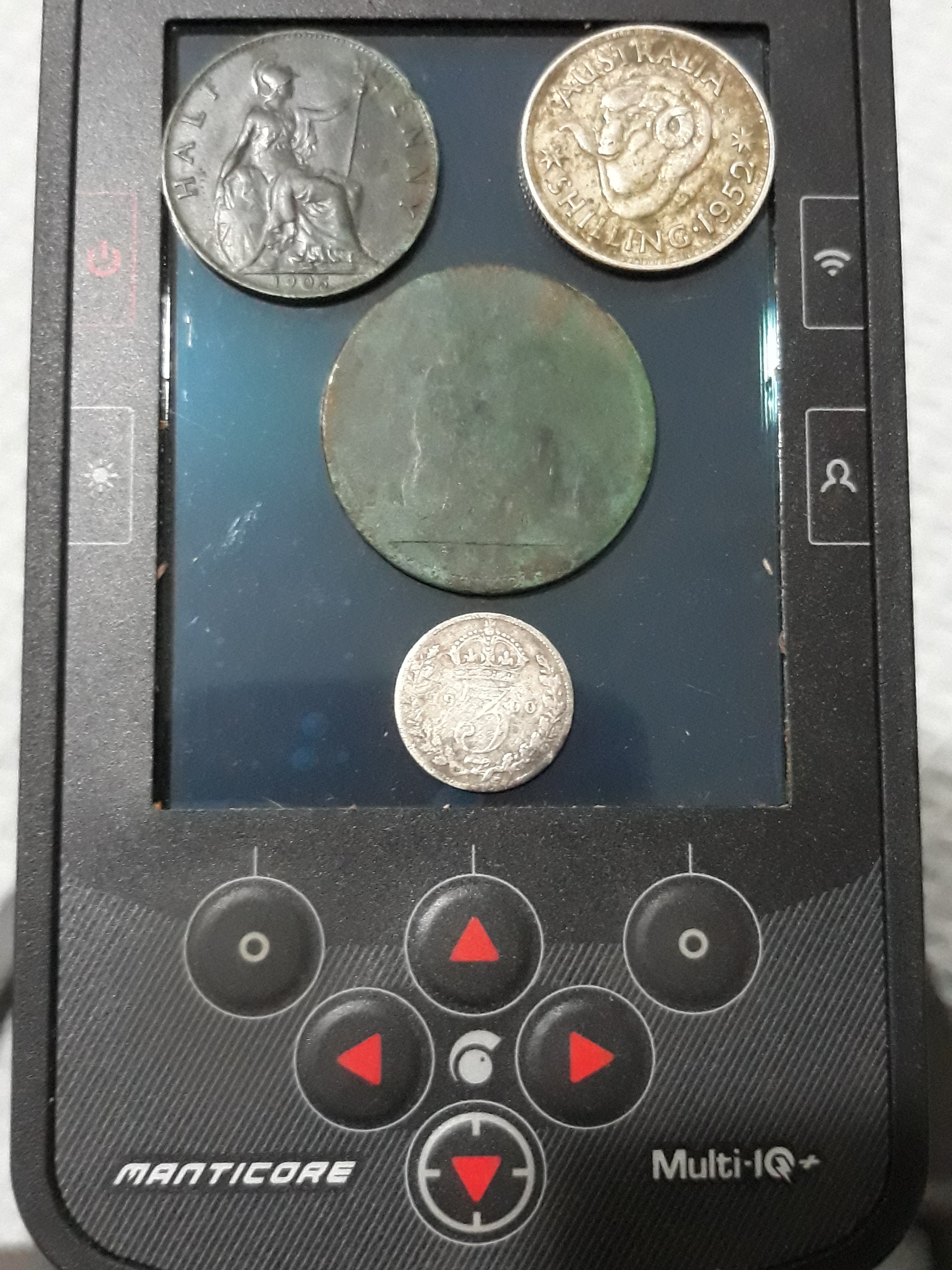
The MANTICORE Beast

Gold Search Modes on the Equinox 900 & Manticore detectors

Minelab GPZ 7000 - a Deep Gold Getter

The Land of Golden Opportunities
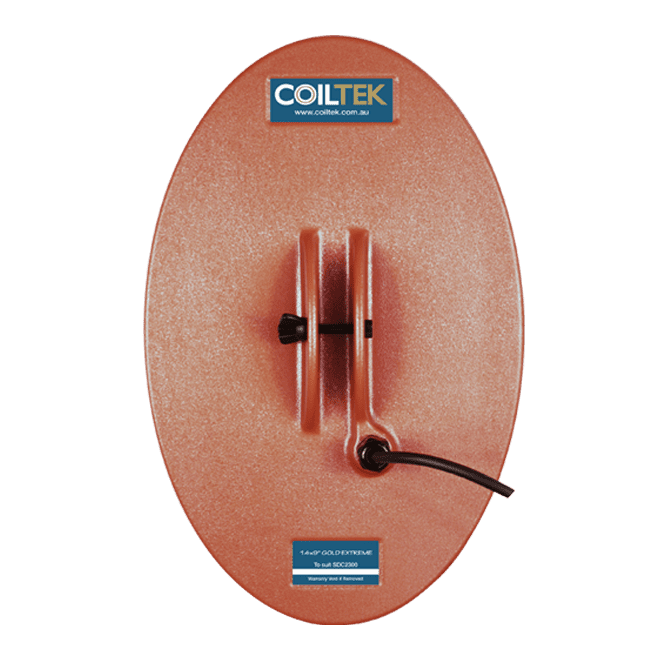
Fitting Coiltek Extreme Coils to the Minelab SDC 2300 detector + Warranty
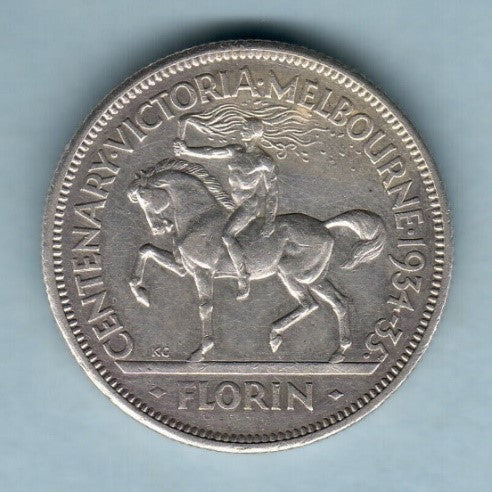
Scarce & Rare Aussie Coins to Hunt

Tips for Gold Hunting in Western Australia - Part 3

Tips for Gold Hunting in Western Australia - Part 2
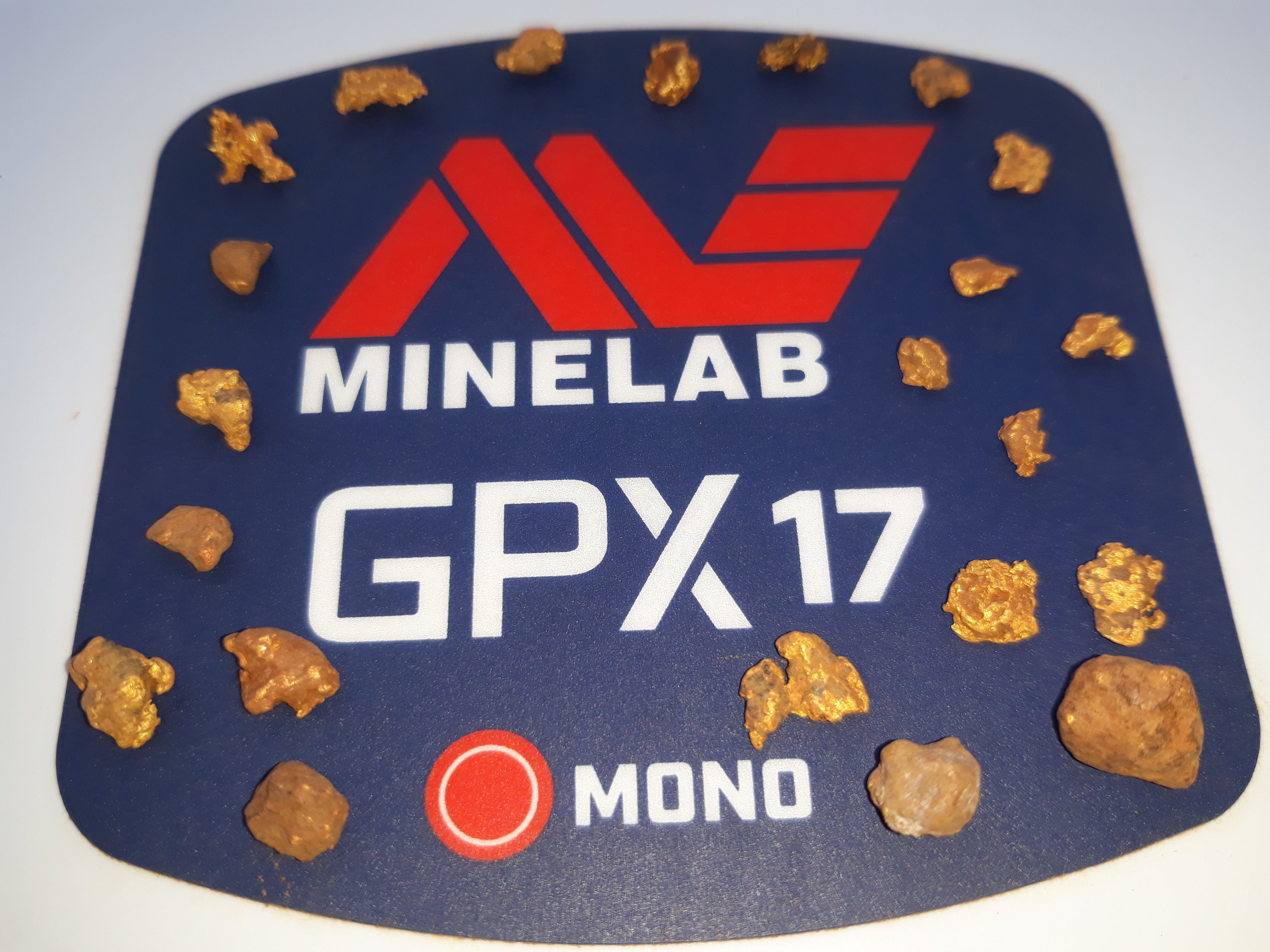
Tips for Gold Hunting in Western Australia - Part 1
